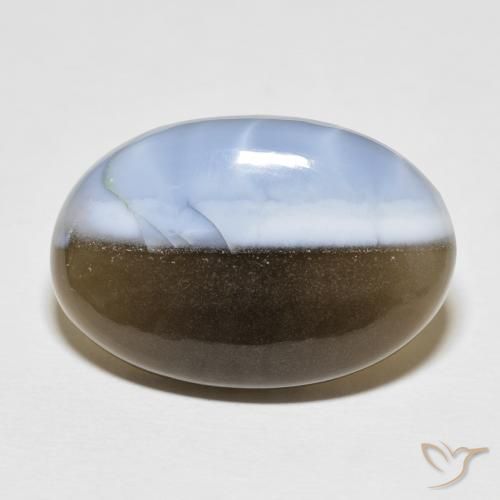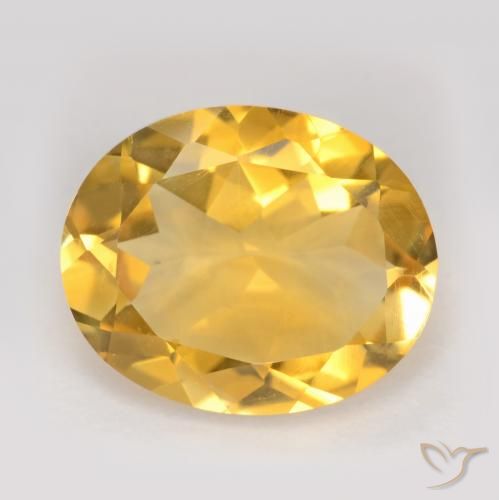Buy Epidote Gems

24.39ct Natural Multicolor Opal, Oval, Opaque
Opal

2.94ct Natural Golden Citrine, Oval, VS
Citrine
Your Details

Opal

Citrine
GemSelect: Over 22 Years in the Gemstone Business! Thank you for trusting us with your purchase!
Overall Rating -> 10 ![]()
this site is awesome. I was able to look at the products think about purchasing and come back and find the same products. With the amount of inventory gem select has. Its awesome to be able to filter the way that they allow you too.
Overall Rating -> 10 ![]()
When I need a specific stone, gem select is my go to shop. Always a good experience and a great product.
Overall Rating -> 10 ![]()
Good selection, using for custom jewlery for my wife.
Overall Rating -> 10 ![]()
Very fast navigation and purchase, which is good. I need to strike while the iron is hot.
Overall Rating -> 10 ![]()
Love beauty, color, quality, and price of these gems. Personal projects and will come here soon and everytime.
Overall Rating -> 10 ![]()
It's always a pleasure doing business with Gem Select. Outstanding products ant very reasonable prices. Thank You One and All.
Overall Rating -> 10 ![]()
I love the ability to choose from many options of shapes, gemstone type, color, and so forth. It is fun!
Overall Rating -> 10 ![]()
Awesome
Overall Rating -> 10 ![]()
Enjoy every moment
